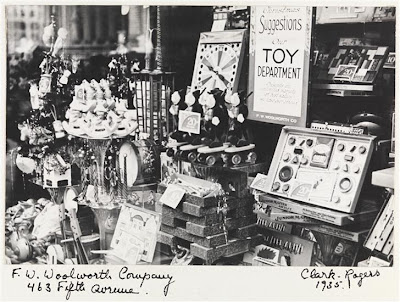~ Garrison Keillor
Did you spend Christmas with your extended family? How was it — a little shredded around the edges? Whether it's drunken uncles, cheek-pulling aunts, whiny children, passive-aggressive in-laws or some other annoyance, we all have our little crosses to bear at family holiday gatherings.
I was lucky enough to grow up in a slightly eccentric but surprisingly functional family; even so, when the extended clan came together for a holiday celebration, wires would start popping out of the hay bale. On Christmas day our house filled with aunts and uncles and cousins, enough to require every available leaf for dining room table plus a card table or two in the adjoining breakfast room. We were a merry mob for the most part, but eventually mom's two older sisters would gather in the kitchen to critique her cooking. The nitpicking began late in the afternoon, after generous quantities of scotch had been consumed by all concerned. Inevitably, one of my aunts would insert herself into the process physically, getting between my mom and the stove, triggering a great crashing and banging of pots. One year a fully cooked 25-pound turkey landed on the floor as I looked on. (I was immediately sworn to secrecy by the adults, who wiped it off and popped it onto the carving board. A useful life lesson.)
What I find fascinating is that many families memorialize their dysfunction in formal photographs. I hope you feel better about your own family after you've had a look at these images from the first two decades of the 1900s.
 |
| It's 1912 and today's theme is "living dolls." |
 |
| Let's all be very quiet and maybe she won't stab us. |
 |
| In 1914, the family of attorney Raymond Dickey has itself a grumpy little Christmas. |
 |
| The Dickeys again a few years later. I could spend hours pondering who's no longer speaking to whom. |
"The family. We were a strange little band of characters trudging through life sharing diseases and toothpaste, coveting one another's desserts, hiding shampoo, borrowing money, locking each other out of our rooms, inflicting pain and kissing to heal it in the same instant, loving, laughing, defending, and trying to figure out the common thread that bound us all together."
~ Erma Bombeck















































